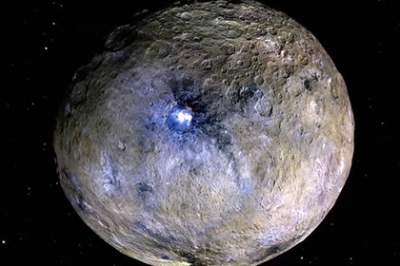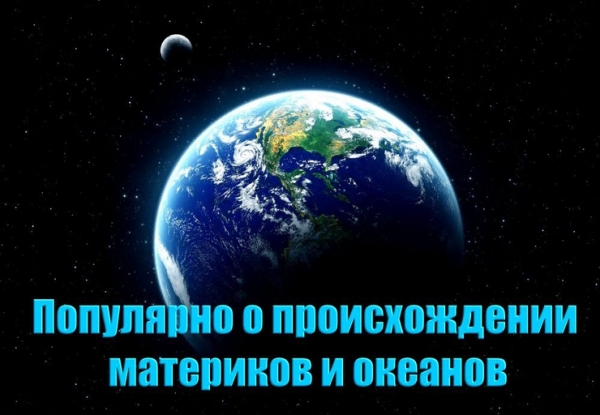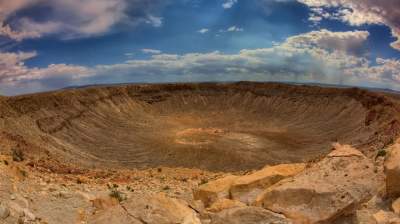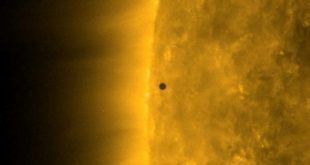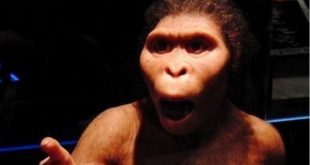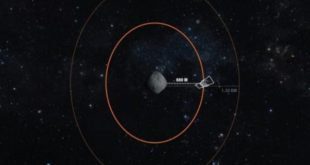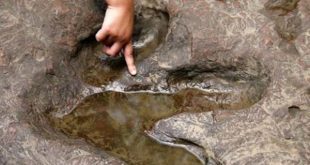 Scientists clarify the origin and composition of the salty liquid that filled the crater.
Scientists clarify the origin and composition of the salty liquid that filled the crater.
In the depths of the dwarf planet Ceres, the Dawn mission team suspected the existence of small lakes of liquid salt water. Dedicated to this study are published in the journals Nature and Nature Geoscience.
In the first publication the researchers analyzed data collected in the visible and infrared spectrograph of Dawn. They indicate the presence on the surface of a celestial body of carbonate of sodium, mixed with silicates. Scientists suggest that the surface of the dwarf planet they were from the bowels of the earth after a collision with an asteroid.
In the second publication, scientists have clarified the origin and composition of the salty liquid that filled the crater after the fall of the asteroid, and then hardened. Geophysicists believe that the majority of craters with spots on Ceres are located too deep in order to consist only of ice. This allowed scientists to estimate the composition of the subsurface layer of a celestial body: 30-40 percent of it is composed of water ice, and 60-70 per cent of silicate rocks with inclusions of hydrated salts and clathrates.
Currently, scientists have discovered more than 130 on the Ceres bright (compared to surroundings) spots, the most striking of which is located in the crater Okkator. Previous studies have shown that most likely they are filled with hydrated magnesium sulfate.
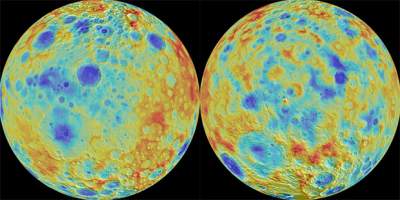
Station Dawn was launched on 27 September 2007 using the launch vehicle Delta 2 from the spaceport at Cape Canaveral in the US and in orbit around Ceres turned out to be March 6, 2015. The cost of the project to study the asteroid Vesta and the dwarf planet Ceres is about $ 500 million.
Ceres discovered in 1801 by Italian Giuseppe Piazzi and named after the Roman goddess of fertility. The diameter of the space object is 950 kilometers, making it the largest celestial body in the asteroid belt between the orbits of Mars and Jupiter.

